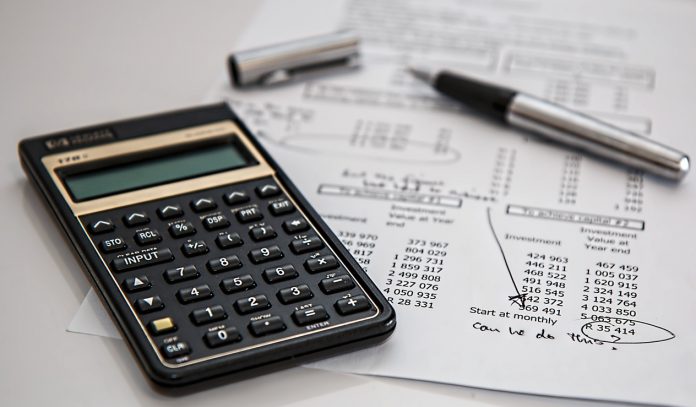
To enjoy a comfortable retirement lifestyle, you’ll need to have adequate financial resources in place. And that means you must plan for the expected — but prepare for the unexpected.
In planning for the “expected” aspects of your retirement, consider these factors:
Your vision of your retirement lifestyle
What do you want to do during your retirement years? Spend more time with your family? Volunteer? Open your own business? Your expectations of your retirement lifestyle will dictate, to a large extent, your savings and investment strategies.
Your expenses
Once you’ve established a vision for your retirement lifestyle, you can begin to estimate the expenses you expect to incur during your retirement years.
Your income
You will likely receive income from a variety of sources: government benefits, pension, part-time employment and your investments, such as your Registered Retirement Income Fund (RRIF), locked-in plans,* company retirement plan, Tax-Free Savings Account (TFSA) and any investment accounts you may have. You’ll need to estimate about how much income all these sources could provide.
Your withdrawal rate
If your investments are going to provide a significant part of your retirement income, you need to carefully manage annual withdrawals from your portfolio. Your withdrawal rate plays the biggest role in determining the sustainability of your spending strategy. In other words, it is key in helping to ensure your portfolio provides for your needs as long as you need it.
Your portfolio reliance rate
Secondary to your portfolio withdrawal rate, the portfolio reliance rate indicates how much you rely on your portfolio to provide income. For instance, if you will need $50,000 per year in retirement, and $30,000 will come from your portfolio, your reliance rate will be 60% ($30,000 divided by $50,000). Your reliance rate will help determine how sensitive your strategy might be to outside events, such as market fluctuations.
While you need to be familiar with these expected elements of your retirement, you also must be prepared for the unexpected aspects, such as these:
Living longer than you expect
How long you can expect to live is somewhat of a mystery. If you were to live longer than you anticipated, would you be financially prepared? To help make sure your money lasts throughout your lifetime, you may need to consider investments that can provide you with a lifetime income stream. And your longevity will obviously also affect your annual portfolio withdrawal rate.
Inflation
At an average inflation rate of 3%, your cost of living will double in about 24 years. That’s why, even in retirement, you will need some growth-oriented investments such as quality stocks to ensure you can maintain your desired retirement lifestyle. But if the unexpected happens, and inflation takes off at a much higher than average level, you may need to consider a greater amount of investments that offer the potential for rising income.
Market declines
It is critical to prepare for unexpected market declines, as this can affect the health of your portfolio and can also affect your ongoing withdrawal rate. It is important to either budget for this by being more flexible with spending (and possibly withdrawing less) or consider insuring against this risk by using an immediate life annuity to provide you with a guaranteed income stream.
By positioning your investment portfolio for both the expected and the unexpected, you can go a long way toward enjoying the retirement lifestyle you seek. So, plan ahead — and make the necessary adjustments as time goes by.









